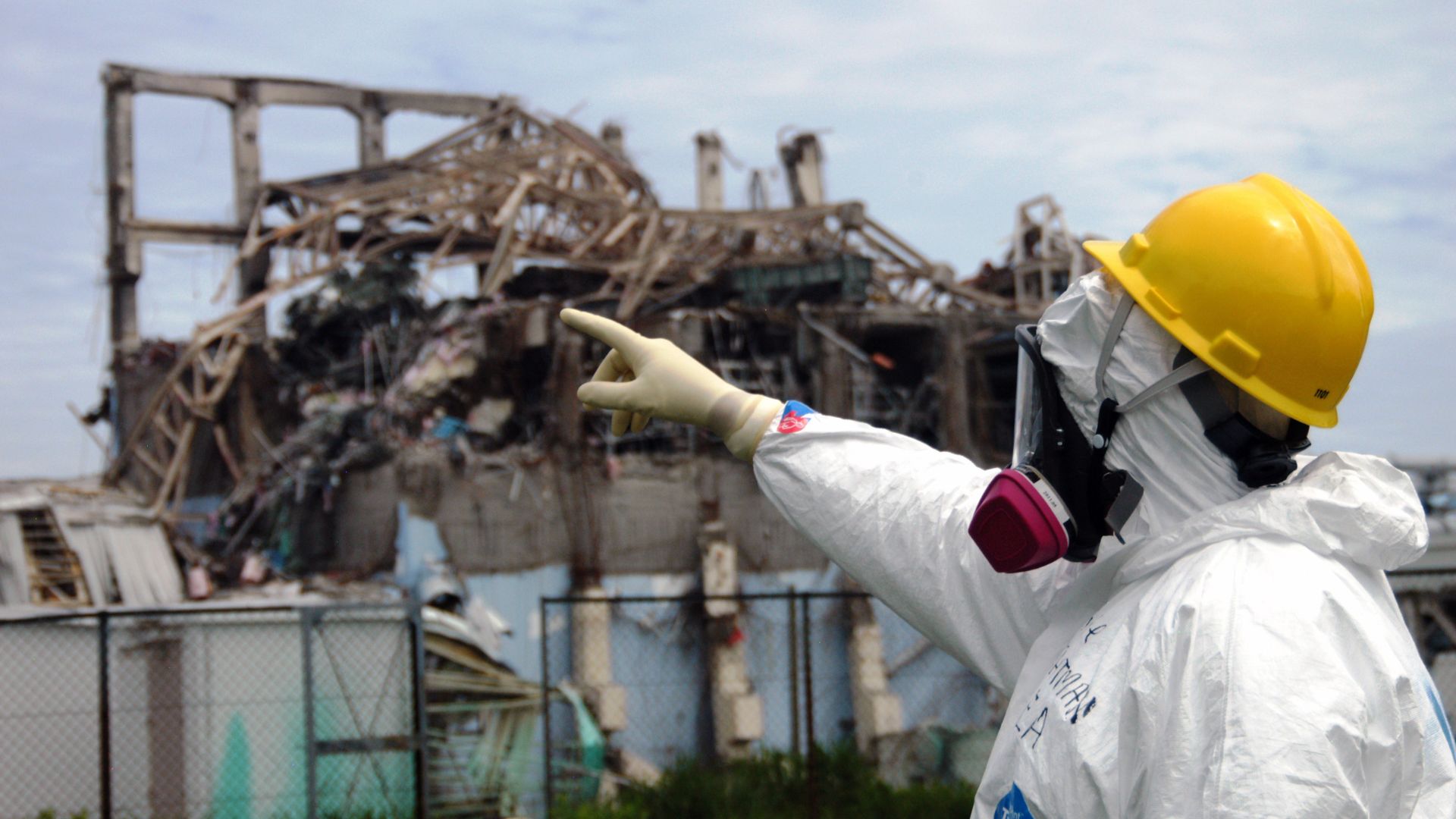Since August 24, 2023, the waters of the Fukushima nuclear power plant, destroyed by a tsunami in 2011, have been discharged into the Pacific Ocean.
Since last Thursday, August 24, Japan has started a process of discharging wastewater from the Fukushima nuclear power plant into the ocean. This, twelve years after the disaster due to a tsunami, which had reached the plant, located on the Japanese coast. With the cooling pools out of service, this had led to a malfunction: the melting of the cores of three reactors. Since the disaster, the plant has of course been out of service, and dismantling will take decades. Fukushima’s contaminated water, now discharged into the Pacific Ocean, comes from a multitude of sources:
- The water used to cool the plant’s reactors;
- The rainwater flowing there;
- Local groundwater.
Why this rejection?
In total, the water from Fukushima, collected regularly in steel containers, weighs more than 1.3 million tonnes – or 540 Olympic swimming pools. Japan argues that it has become impossible to store so many barrels, and that there is simply no more space. This decision was made and made public in 2021.
In concrete terms, out of all the 1.3 million tons of water stored, 500,000 tons per day are gradually discharged into the ocean through a one-kilometre-long pipeline.
What are the arguments of Japan and TEPCO?
To reassure, Japan and the company managing the plant have provided a certain number of elements according to which the levels of radioactivity would not be harmful.
Thus, on Sunday August 27, the Japanese Minister for the Environment affirmed that the water discharged into the ocean did not emit, or no longer emit, radioactivity. The water has actually been filtered — or more precisely diluted — to remove most of the radioactive elements. Thus, elements such as strontium or cesium could be eliminated.
However, some tritium remains: it is very difficult to filter it, because it is, by nature, attached to water. In high doses it is extremely dangerous, but not in very small doses. According to the company that runs the plant, TEPCO, the levels of radioactivity have fallen to 1,500 Bq/L (becquerels per litre). By way of comparison, the World Health Organization has set a “guide value” of 10,000 Bq/L for tritium in drinking water. In Europe, and therefore also in France, the threshold is 100 Bq/L.
To reassure fishermen, the national fisheries agency in Japan has indicated that fish living in waters near Fukushima have not been contaminated with tritium. However, these elements are far from unanimous. The dangerousness of the strategy is highlighted by several countries and organizations.
Is this decision unanimous?
Admittedly, the International Atomic Energy Agency (IAEA) did not oppose it. According to their report on the subject, the conclusions of which were made public in the summer of 2023, the rejections remain ” compliant to safety standards and evoke a “ negligible radiological impact on people and the environment.
However, there are disagreements on this strategy chosen by Japan. Greenpeace, for example, has firmly “condemned” this decision since 2021. The organization mentions in particular the presence of dangerous radioactive elements, which would pass through the filters, because they are more difficult to detect. And not just tritium, on which all the focus has been focused: “ Scientists have warned that the radiological risks from the releases have not been fully assessed and the biological impacts of tritium, carbon-14, strontium-90 and iodine-129, which will be released in the releases, have been ignored. . »
The organization is referring here to the National Association of Marine Laboratories, which brings together scientists from the marine world, and which has spoken out against the project. ” We urge the Japanese government not to proceed with its precedent-setting plan to discharge radioactively contaminated water into the Pacific Ocean, and to work with the entire scientific community to find other solutions protect marine life, human health and the communities that depend on ecologically, economically and culturally valuable marine resources. What’s more, Greenpeace believes that Japan and TEPCO have not conducted a full environmental impact study.
Neighboring countries have also expressed concern, and even taken action. China, for example, has banned seafood imports from Japan.
The Pacific Islands Forum, which brings together the independent countries of Oceania, with New Caledonia and French Polynesia, alerted at the start of the year. Secretary-General Henry Puna published an op-ed in The Guardian in January 2023: “ Given our experience with nuclear contamination, it is simply inconceivable to proceed with ocean dumping plans. “, he estimated.
In Korea, there were also demonstrations – several thousand people gathered in the streets of Seoul, in particular, to demand that the Korean government take action against this Japanese strategy.
If you liked this article, you will like the following ones: do not miss them by subscribing to Numerama on Google News.
